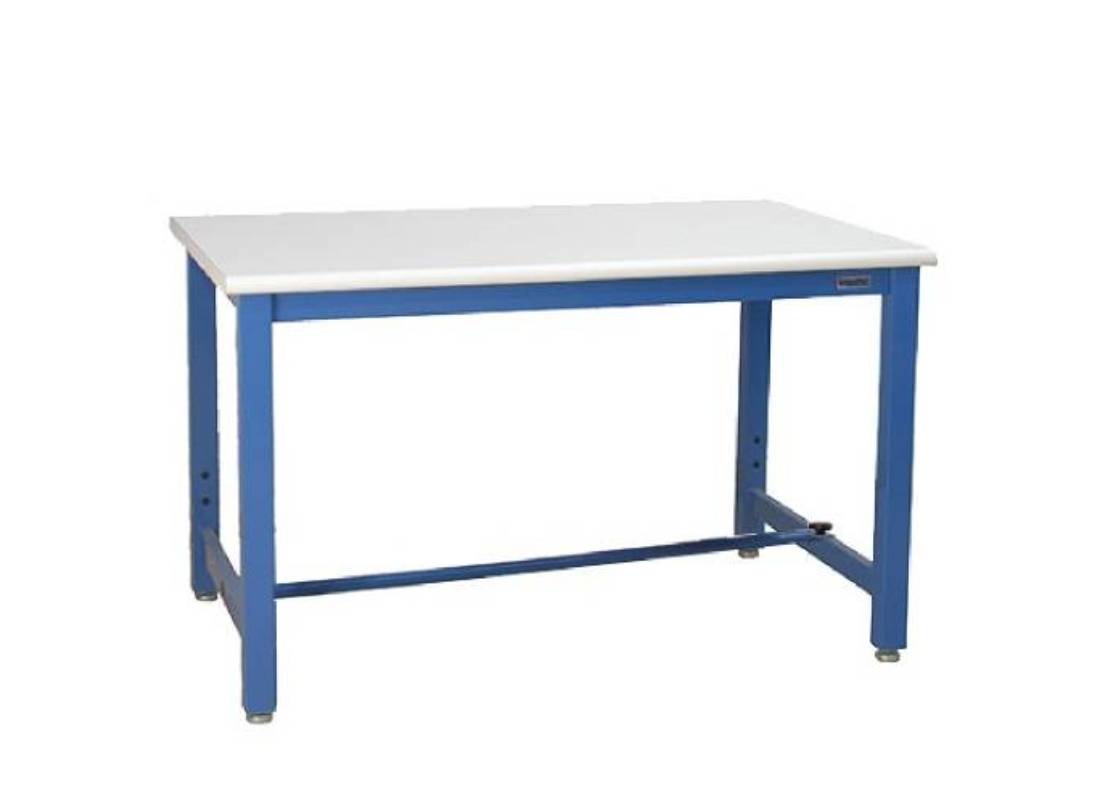As technology has advanced and new industries have emerged over the years, the way laboratories are designed and built has changed also. Those of us who worked in labs or who took science in school prior to 2010 remember wood laboratory furniture and black countertops made of stone or epoxy resin.
Today, labs are state of the art. New countertop materials are being used…Phenol Resin, Stainless Steel, and Chemical Laminate, to name a few. And, although it has taken longer, cabinetry is now seeing a change. Wood isn’t the only game in town anymore. Powder-coated steel, Stainless Steel Lab Cabinets and chemical laminate are options that companies and schools are looking at.
Right now, steel and wood account for approximately 80% of industry and education, mainly because of cost and functionality. So, which one is best?
Let’s look at how these top two compare:
Durability
Steel – Most steel cabinetry is made of heavy duty, 12-gauge steel for to provide heavy-duty construction for maximum strength and rigidity. Steel typically has a powder coat finish, which resists cracking, peeling, and chipping. Powder coat is abrasion, corrosion and chemical resistant. This does not mean that it will not crack, peel, chip, scratch, or corrode, but it is more resistant than most other finishes.
Wood – While wood looks attractive, it doesn’t take the wear and tear as well as steel does. It shows every scratch, chip, dent and discoloration of the finish. In addition, liquid damage is a concern, especially if you have a wet lab. Mold thrives where there is moisture, humidity and little ventilation. When the interior of a lab cabinet becomes wet and the dampness lingers, mold can develop, particularly around water pipes and sinks.
Cleanliness
Steel – Powder coating is one of the most durable protective coatings available for metal surfaces, and proper care will help prolong the finish. Cleaning harmful chemicals and surface contaminants off as soon as possible will prevent damage to the finish. Warm water and soap is recommended, but most commercial cleaners can also be used. It is recommended that Acetone, mineral spirits or lacquer thinners be used, as they could compromise the finish. Mopping around steel bases is not an issue.
Wood – Mild cleaners, vinegar and water, or mild soap and water are simple ways to clean wood lab cabinets. Bleach, hydrogen peroxide and other cleaners that are typically used to remove mold may discolor the stained wood cabinets. Any liquids not dried off may cause damage to the finish. Of particular concern is moisture and cleaners that can seep in from mopping around bases. This usually causes warping and discoloration.
Flammability
Steel – Codes dictate that the bottom, top, door, and sides of metal cabinets shall be at least No. 18 gage sheet metal and double walled with 1½‐inch air space. The door shall be provided with a three‐point lock, and the door sill shall be raised at least 2 inches above the bottom of the cabinet.
Wood – The same codes indicate that the bottom, top and sides of wood cabinets must be constructed of at least 1” thick exterior-grade plywood and must not break down or delaminate under fire conditions. When more than one door is used, they must have a minimum rebutted overlap of at least 1”. Hinges must be mounted in such a manner as not to lose their holding capacity due to loosening or burning out of the screws.
Aesthetics
Steel – Steel looks clean and state of the art. Factor in multiple color options and the ability to have custom colors, and you can create a beautiful laboratory. The main benefit for steel in this category is that Laboratory Workbench looks better over time with the wear and tear that labs are subjected to.
Wood – Wood has a more traditional look and can be very warm and beautiful. There are also multiple color finishes available. The downside to wood is that over time, it can quickly look dated and worn out with all the wear and tear it will take.
Cost
Steel – Steel is very cost effective, because of advances in automation. Custom sizes and paint colors will increase the price, typically by 15% to 20%
Wood – Wood is slightly more expensive than steel, because of the increase in handling need for manufacturing. Custom sizes and finishes will increase costs between 20% to 25%.

